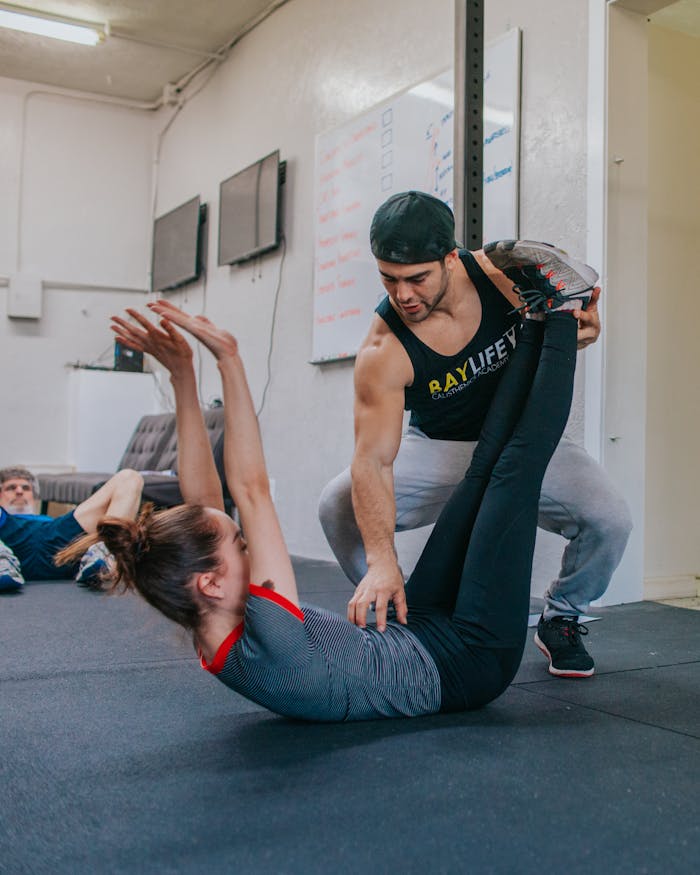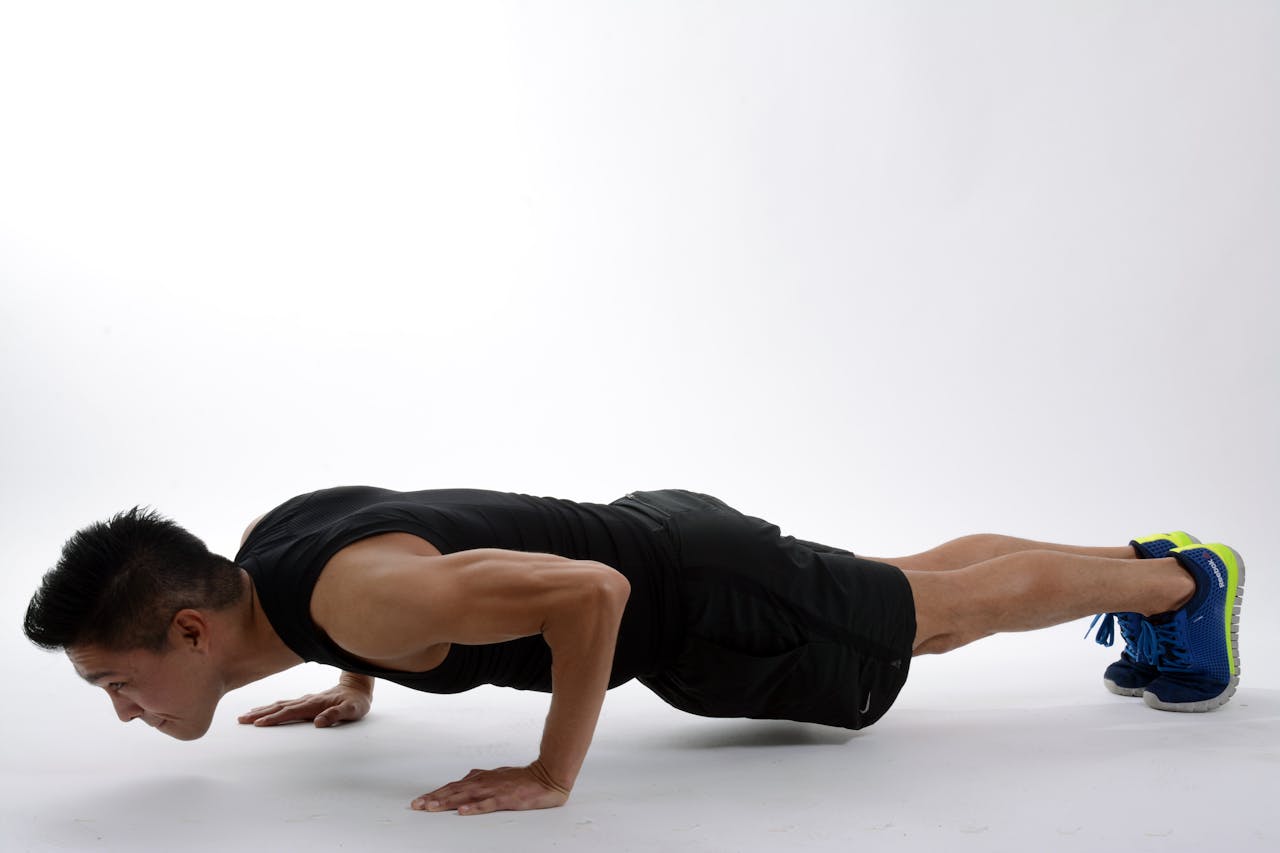Achieving lasting fitness success goes beyond random gym sessions or fad diets. It’s about understanding the science behind movement, recovery, and behavior change—then applying that knowledge in a way that fits your unique lifestyle. In this guide, we’ll explore evidence-based strategies to help you cultivate a sustainable fitness routine that delivers real results.
The Three Pillars of Sustainable Fitness
Every long‑term fitness plan rests on three foundational pillars:
- Progressive Overload
- Adaptive Recovery
- Behavioral Consistency
Let’s dive into each pillar and see how you can leverage it for your own progress.
1. Progressive Overload: Challenging Your Body Safely
What is it?
Progressive overload means gradually increasing the stress placed on your body so muscles, bones, and connective tissues adapt and grow stronger.
How to apply it:
- Increase Resistance: Add small increments of weight (2–5%) every week or two for strength exercises.
- Boost Volume: Perform more sets or reps once your current workload feels comfortable.
- Enhance Intensity: Shorten rest periods, transition to supersets, or incorporate tempo variations (e.g., slow eccentric, explosive concentric).
Why it works:
By systematically stressing your muscles beyond their comfort zone—and then allowing them to repair—you drive measurable improvements in strength, endurance, and hypertrophy.
2. Adaptive Recovery: The Secret Ingredient
Understanding recovery:
Muscles don’t grow during your workouts—they grow afterward. Recovery is where adaptation happens.
Key recovery strategies:
- Quality Sleep: Aim for 7–9 hours per night. Deep sleep stages are critical for growth hormone release.
- Nutrition Timing: Consume protein (20–30g) and carbohydrates within 60 minutes post‑workout to replenish glycogen and support muscle repair.
- Active Recovery: Light movement—walking, swimming, or gentle yoga—promotes blood flow and reduces stiffness.
- Stress Management: High stress elevates cortisol, which can impair muscle repair. Practice meditation, deep breathing, or short nature walks to lower stress.
Tip: Track your perceived exertion and soreness. If you notice lingering fatigue, consider swapping a planned strength session for a mobility or recovery day.
3. Behavioral Consistency: Building Habits That Last
Why habits matter:
Your environment and daily routines shape your actions more than willpower alone. By designing supportive habits, exercise becomes second nature.
Habit‑forming tactics:
- Implementation Intentions: “If‑Then” plans link triggers to actions. E.g., “If it’s 6 PM, then I’ll put on my workout shoes.”
- Visual Cues: Lay out your gym clothes the night before or set calendar alerts for workout blocks.
- Reward Systems: Pair workouts with small rewards—like a favorite podcast only while running, or a relaxing stretch session afterward.
- Accountability Loops: Report progress to a friend or fitness group. Public commitments boost follow‑through.
Designing Your Personalized Fitness Blueprint
Follow these steps to create a plan that aligns with your goals and lifestyle:
- Perform a Fitness Audit:
- List current strengths (e.g., endurance from cycling) and weaknesses (e.g., limited shoulder mobility).
- Note your weekly schedule: work hours, family commitments, social events.
- Choose Your Training Split:
- Full‑Body Workouts: 3 days/week for balanced development.
- Upper/Lower Split: 4 days/week to increase volume per muscle group.
- Push/Pull/Legs: 5–6 days/week for advanced lifters seeking specialization.
- Allocate Time for Mobility & Cardio:
- Insert 10–15 minutes of daily mobility work.
- Schedule 2–3 cardio sessions per week—mix HIIT and steady‑state for variety.
- Set SMART Checkpoints:
- Short‑Term: Increase squat weight by 10 lbs in 4 weeks.
- Mid‑Term: Complete a 10K run by October.
- Long‑Term: Maintain consistent workouts 5 days/week for 6 months.
- Review & Adjust Monthly:
- Analyze workout logs and recovery data.
- Tweak volume, intensity, or exercise selection based on progress and feedback.
Nutrition and Hydration: Fuel for Performance
- Macronutrient Balance: Aim for 1.2–2.0g protein per kg body weight, moderate healthy fats, and carbs tailored to training intensity.
- Meal Timing: Use small, frequent meals or time‑restricted eating—whatever best sustains energy and aligns with your routine.
- Hydration Strategy: Drink at least 0.5–1 ounce of water per pound of body weight daily; adjust upward based on sweat loss and climate.
Pro Tip: Carry a reusable water bottle and set hourly hydration goals (e.g., finish one bottle by lunchtime).
Overcoming Common Roadblocks
- Plateaus: Introduce new exercises, adjust loading schemes, or cycle intensity every 4–6 weeks.
- Motivation Slumps: Revisit your “why,” refresh your playlist, or try a new class to rekindle enthusiasm.
- Time Constraints: Break workouts into two shorter sessions (morning strength, evening cardio) or embrace micro‑workouts.
- Injuries: Prioritize proper form, reduce load, and integrate prehab exercises (e.g., rotator cuff work, glute bridges).
The Mind‑Body Connection: Elevate Your Focus
Enhancing your mental game can supercharge physical performance:
- Visualization: Mentally rehearse successful lifts or smooth running form before training.
- Breathing Techniques: Practice diaphragmatic breathing to maintain core stability during heavy lifts.
- Mindful Cool‑Downs: Use post‑workout stretching as a moment to reflect on progress and reset your mindset for the next session.
Conclusion: Your Path Forward
Creating a sustainable fitness routine isn’t about perfection—it’s about consistent, science-driven progress. By applying progressive overload, prioritizing adaptive recovery, and embedding behavioral consistency, you’ll transform exercise from a chore into a lifestyle. Track your data, celebrate your milestones, and remember: every small step propels you closer to your strongest self.
Embrace the journey, adapt as you learn, and watch your fitness—and confidence—soar.



